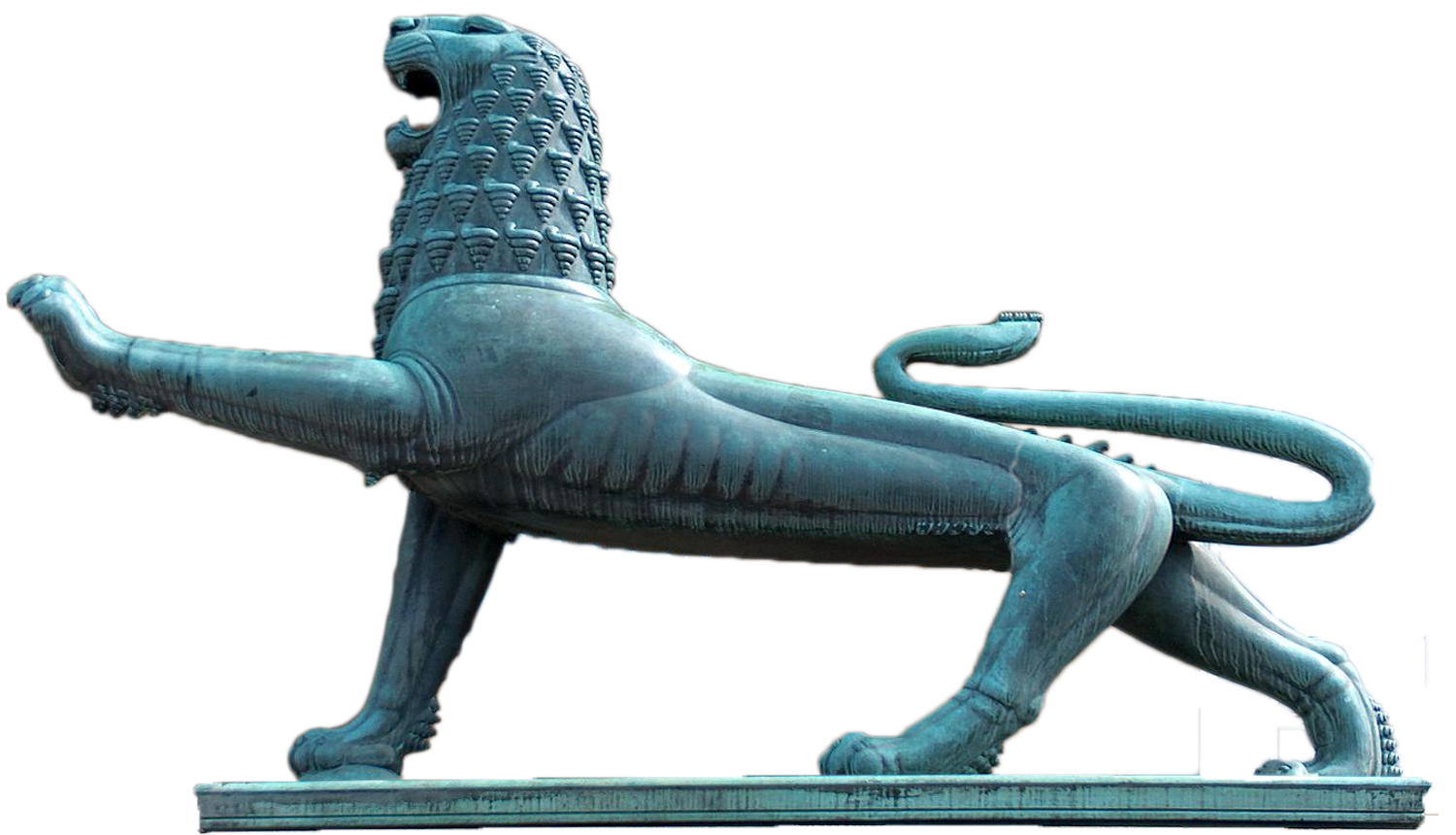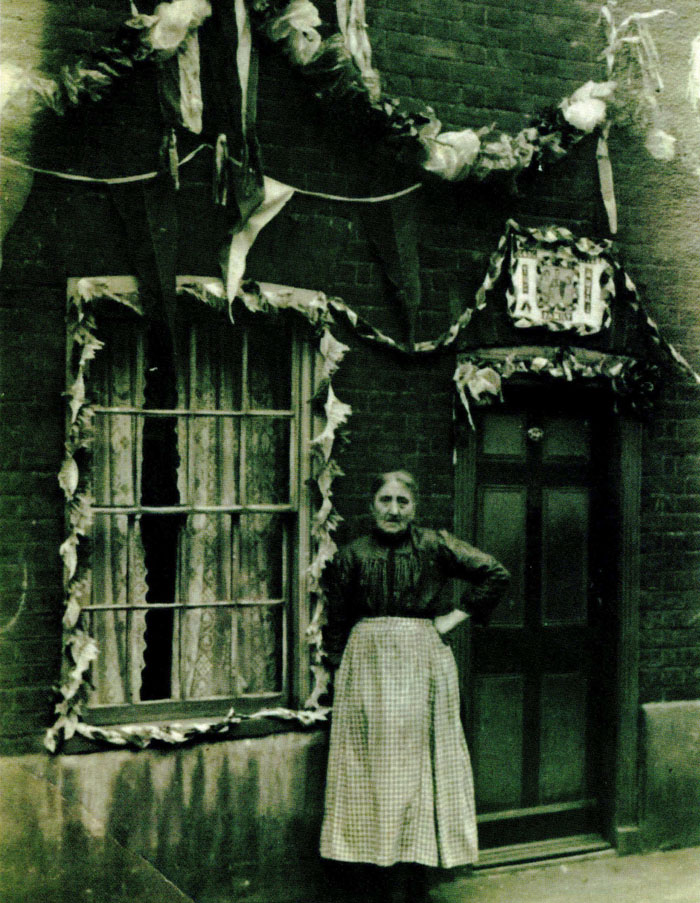Frances &
Michael
Holmes


As was the case with so many Norwich yards, Rose Yard was located behind the tavern from which it took its name. An inn had been first established on the site in the 14th century when it provided sustenance to knights and revellers after they had completed their jousting tournaments and other exertions at the nearby Gildencroft. This large grassed area once filled the space between the City wall and St Martin at Oak, and between St Augustine’s Street and Pitt Street on the east, and Oak Street on the west.
As the population of Norwich grew (over the 19th century it almost trebled to 112,000) the demand for houses escalated, and the land behind the Rose Inn was ripe for development. By 1851, when William Lee produced his report on sanitary conditions in the City, it would be fair to say that the area behind the Rose had somewhat deteriorated. According to Lee, it now contained around 70 houses. The only source of water for 50 of these, together with the Rose Inn, was St Augustine’s churchyard [public] pump. The remaining 20 houses had access to three pumps. The inspector went on to say: ‘The pumps are frequently locked up in the summer when water is scarce....The drainage and pavement is bad, some of the houses in the lower part of the yard are very dilapidated, and at the bottom is a large pool of nightsoil 15 feet by 25 feet from about 40 houses. There are privies, a stable and animals under dwellings, and the people complain much of stench. There has been fever in the yard…it was a bad locality of cholera in 1833.’
